Pigeon whistle
A pigeon whistle of the gourd type with three sub-whistles. The pigeon whistle, known in China as geling 鴿鈴 or geshao 鴿哨, is a small musical instrument belonging to the Aeolian group of musical instruments. It is attached to the tail of a pigeon with the help of a spindle, so that it emits a sound when the bird flies. The whistle is usually made of light materials such as gourd and bamboo and is lacquered. In many cases, manufacturers ornament them with engraved patterns and ivory decorations. In China, the pigeon whistle has been used since at least the beginning of the Qing Dynasty (1644–1912). The earliest mentions of pigeon whistles in literature date back to the Northern Song period (960–1127). They were also typical of other Asian areas such as Indonesia and Japan. In the past, the sound of the pigeon whistles, also known as “heavenly music”, was a key feature of the Beijing soundscape. Nowadays, it is increasingly rarer, although it is ... more
A pigeon whistle of the gourd type with three sub-whistles. The pigeon whistle, known in China as geling 鴿鈴 or geshao 鴿哨, is a small musical instrument belonging to the Aeolian group of musical instruments. It is attached to the tail of a pigeon with the help of a spindle, so that it emits a sound when the bird flies. The whistle is usually made of light materials such as gourd and bamboo and is lacquered. In many cases, manufacturers ornament them with engraved patterns and ivory decorations. In China, the pigeon whistle has been used since at least the beginning of the Qing Dynasty (1644–1912). The earliest mentions of pigeon whistles in literature date back to the Northern Song period (960–1127). They were also typical of other Asian areas such as Indonesia and Japan. In the past, the sound of the pigeon whistles, also known as “heavenly music”, was a key feature of the Beijing soundscape. Nowadays, it is increasingly rarer, although it is experiencing many modern revivals.
The photo shows a smaller pigeon whistle of the gourd type (in the shape of a walnut) with three sub-whistles. It is distinguished by its colourfulness and black floral patterns on a red background. The thin attachment plate on the lower part of the instrument is of natural colour, as are the upper attachment and the whistles. The specimen has two peculiarities typical for the gourd type of pigeon whistle in the Skušek collection. Pigeon whistles of the gourd type are on the small side and consequently have fewer pairs of sub-whistles. They are also distinguished by their exterior, which is colourful and features floral patterns on a white or dark red background, unlike the other pigeon whistles from the Skušek collection and other whistle types. (KH)
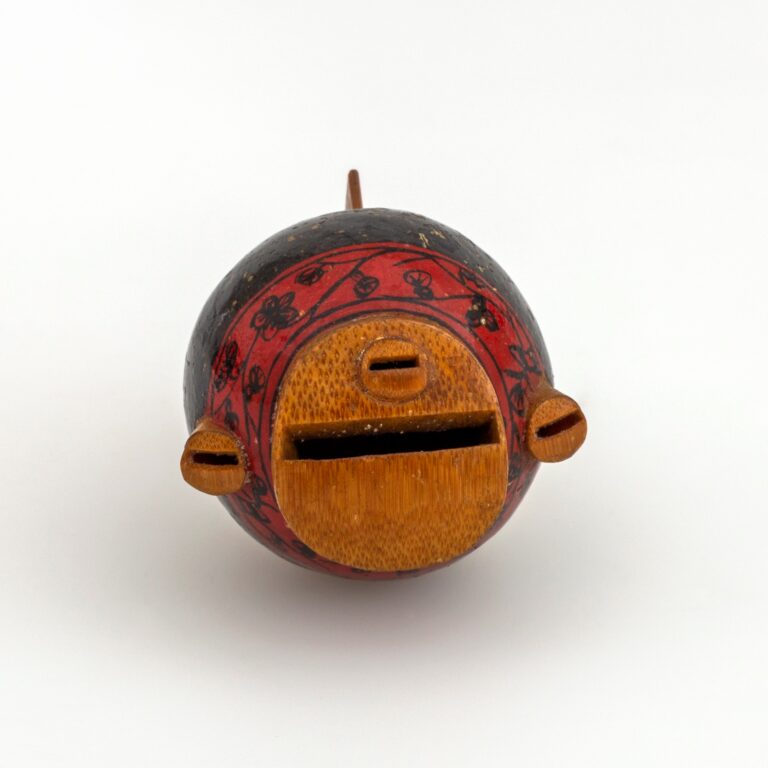

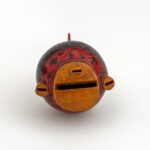
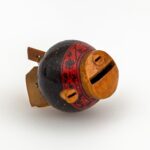
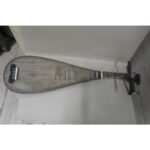

















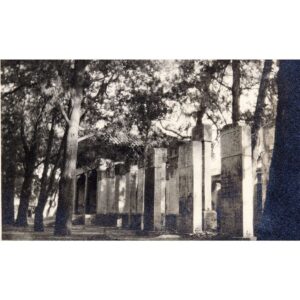
















Do you have a comment or additional information about the subject?